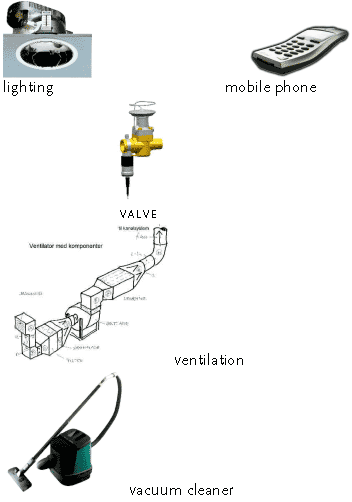|
Miljørigtig udvikling i produktfamilier 3 Summary and conclusions
3.1 Product families – short cuts to environmental knowledgeFrom 1991 to 1996 the EDIP-methodology (Environmental Design of Industrial Products) was developed in Denmark (Wenzel et al. 1997, Hauschild & Wenzel 1998). One experience from the EDIP-project is that environmental assessment of products must give simple and operational conclusions, which can be acknowledged in the product development and by other decision makers throughout the product life cycle. The EDIP-project has demonstrated that it is possible to identify "the most important environmental hot spots". The documentation achieved by the environmental assessment shows where the most serious environmental impacts in the product life cycle occur, and uncover where the improvement potentials are in the product. The environmental knowledge obtained in this context will be valid for a number of years, and both the producer and other interested parties can use this information for setting priorities in their future planning. Product families – a less time consuming road to follow It can be very time consuming to perform an environmental Life Cycle Assessment (LCA), and it would be an advantage if a number of similar products - product families – can be handled in one and the same LCA as a whole. The purpose of this handbook is to ease the work with developing more environmentally sound products. This is done by giving guidelines for development of new products without companies themselves having to perform an LCA. The major part of this work has already been done. The handbook describes five product families, but also gives general information on life cycle assessment, what it is and how it is used The project developed a method for selecting and forming product families, based on environmental and economical importance as well as the existence of several producers. Collaboration with 5 industrial companies was subsequently established and environmental assessments (LCA) including diagnosis (the pointing out of hot spots) were performed. Selecting the product families In this context product families were defined as a group of products having similar characteristics based on a technical familiarity. This means that the findings for a specific product can be utilized by products using the same technology. The five families selected were:
And last, but not least
|
